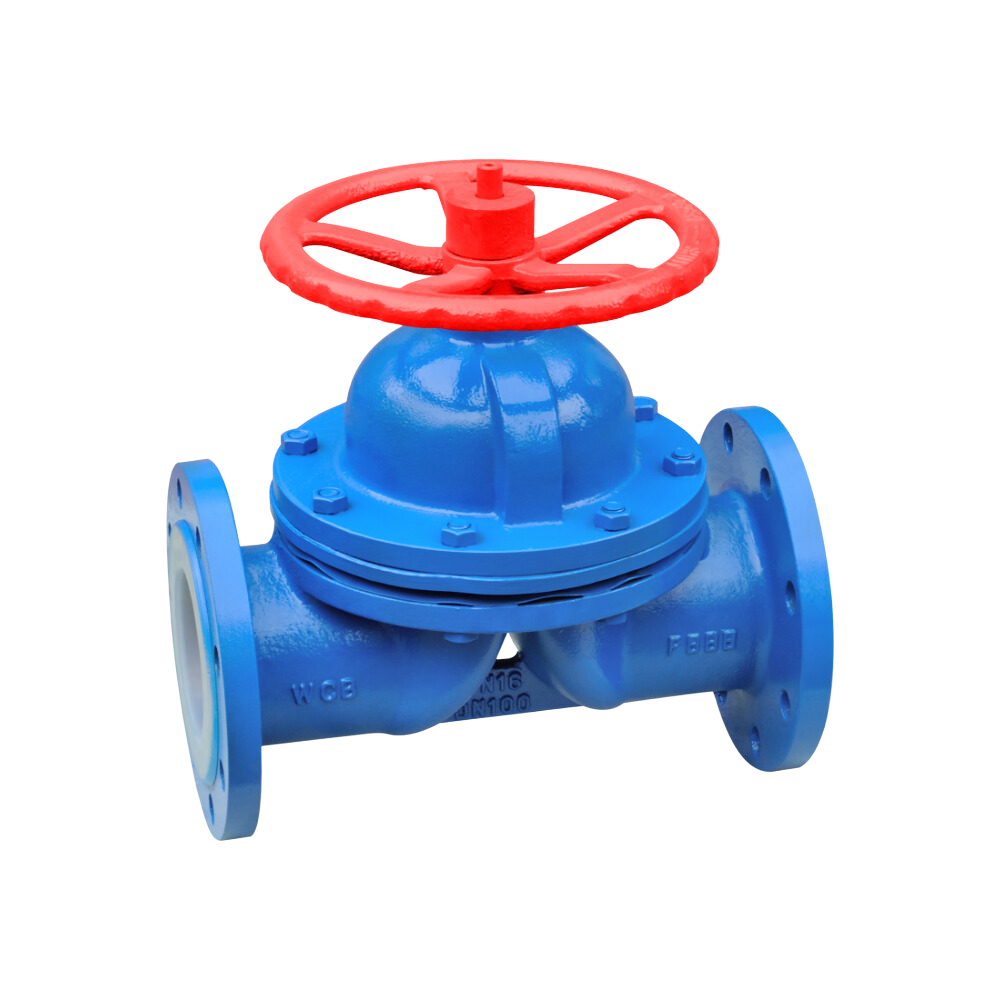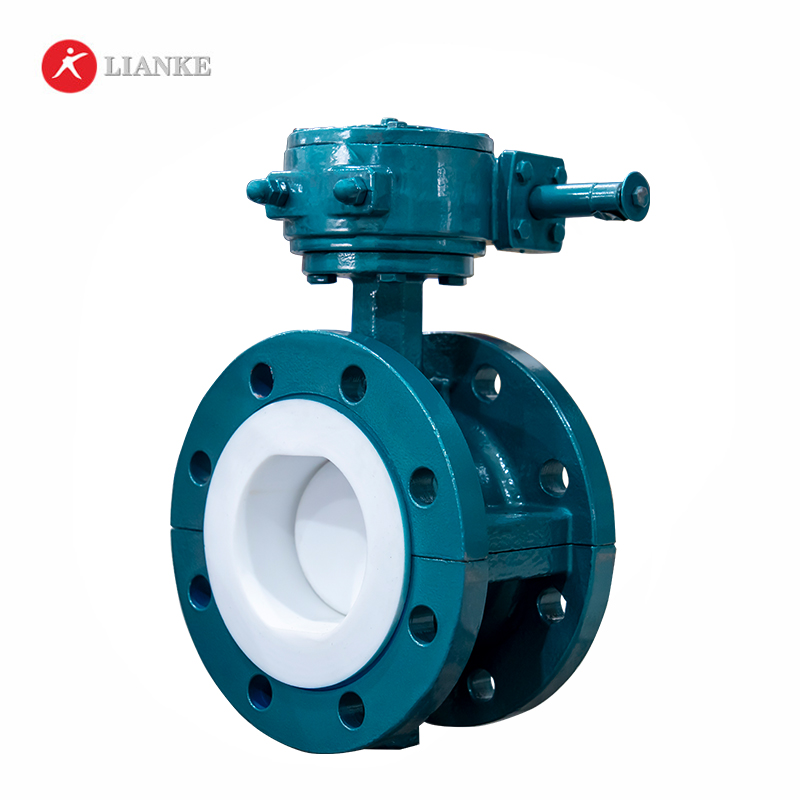

Your valve is leaking because something has gone wrong with its sealing system. Maybe the seals are worn out after years of service. Perhaps debris is stuck between critical surfaces. Or it could be that improper installation created misalignment from the beginning. These common problems prevent the valve from achieving perfect closure when you need it most.
Valve leakage occurs when fluid passes through a valve that should be fully closed. Even valves labeled as “zero leakage” or “bubble tight” aren’t completely leakage-free in practical applications. Industry standards actually allow for minimal leakage rates depending on the valve type and application.
There are two types of valve leakage:
External leaks allow fluid to escape from the valve body into the surrounding environment. You’ll notice drips or puddles forming around the valve. You might detect odors from process fluids. In worst-case scenarios, these leaks create significant safety and environmental hazards.
Internal leaks are more deceptive in nature. The valve appears to be fully closed, but fluid continues to pass through to the downstream side. Your system pressure won’t hold steady as expected. Processes dependent on isolation won’t function correctly.
Different valve types exhibit distinct symptoms when they begin to fail. Learning these signs helps you diagnose problems quickly before they escalate into major system failures.
Look for moisture around the stem area. This often appears as droplets or a thin film on the packing gland. You might notice staining or corrosion on surrounding components. Listen for hissing sounds, especially with gas applications.
The most obvious sign is continued flow downstream when the valve should be shut. You’ll experience difficulty maintaining system pressure. Equipment beyond the valve may continue running when it should be isolated.
Many valve leaks can be addressed with simple maintenance procedures before requiring complete replacement. Quick action often prevents minor issues from becoming major failures.
Always ensure the system is depressurized before attempting any valve repairs. Safety should be your primary concern when working with industrial valve systems.
Proper tools and replacement components should be on hand before beginning work. This preparation prevents extended downtime during repair operations.
For stem leaks:
For internal leaks:
Regular valve inspections save you time and money. Set reminders to check valves monthly, looking for early warning signs before small leaks become major failures.
Keep spare packing and gasket materials on hand for quick repairs. When you catch problems early, fixes are usually simple and inexpensive.At Lianke Valve Co., we provide high-quality replacement valves engineered with superior sealing technology to minimize leakage issues and extend service life in your most demanding applications. Visit our website to see our full valve range today.
Why Is My Valve Leaking? Types Of Valve Leakage and Symptoms

🚀 Lianke Valves Secures Major Export Order for 1,685 Units of Pinch and Lined Valves Our international business continues to thrive as we have recently signed a significant export order involving 1,685 units of pinch valves and fluorine-lined valves.This successful deal is not only a testament to the long-term trust between both parties, but also […]

What is A Diaphragm Valve? A diaphragm valve is a type of valve that uses a flexible diaphragm to control the flow of fluids. This valve is part of the linear motion family, which means the moving parts go in a straight line—not in circles like ball or butterfly valves. The elastomeric diaphragm in diaphragm […]

Your valve is leaking because something has gone wrong with its sealing system. Maybe the seals are worn out after years of service. Perhaps debris is stuck between critical surfaces. Or it could be that improper installation created misalignment from the beginning. These common problems prevent the valve from achieving perfect closure when you need […]

Valve Flow Coefficient (Cv) is a measure of a valve’s capacity to allow liquid or gas to flow through it. It’s technically defined as “the volume of water at 60°F (in US gallons) that will flow through a valve per minute with a pressure drop of 1 psi across the valve.” You calculate Cv by […]



